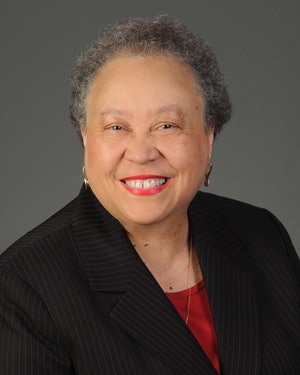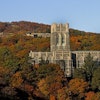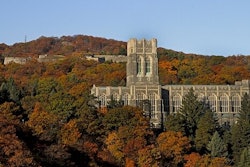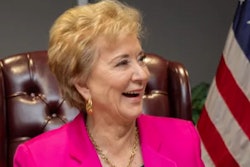At a time when the roles and functions of college and university governing boards are being increasingly debated, the Southern Association of Colleges and Schools Commission on Colleges (SACSCOC) is focusing on “effective governance” at its annual Small College Initiative meeting set for next month in Atlanta.
The invitation-only event, being supported by the Indiana-based Lumina Foundation, involves a series of workshops for college chief executives and board chairs, exploring the powerful college accrediting group’s “expectations for governing boards,” according to an informational letter sent to member institutions.
 “The governance of an institution sets the tone for everything,” says Dr. Belle Wheelan, SACSCOC president.
“The governance of an institution sets the tone for everything,” says Dr. Belle Wheelan, SACSCOC president.SACSCOC, which sets accreditation standards for more than a thousand public and private colleges and universities across the South, identifies governances as one of the three broad objectives used to assess an institution for accreditation purposes.
College and university boards change a few members each year, depending upon their rotation of service rules, and boards need “refreshers, a preventive conversation, a reminder of appropriate behavior for other conversation,” says Dr. Belle Wheelan, president of SACSCOC.
“The governance of an institution sets the tone for everything,” says Wheelan, referring to everything from faculty and staff activity in governance and administration issues to community, donor and legislator involvement.
More than 225 colleges and universities are considered to be in the Small College Initiative, including the nation’s HBCUs.
As a group, HBCUs have been plagued by unusually high turnover in the past decade, much of it stemming from disagreements between institutional chief executives and boards of trustees. They have often resulted in publicly surprising and embarrassing exits for presidents and chancellors.
Among the nearly dozen HBCUs seeking new presidents within the past two years, almost half the vacancies stemmed from governance flare-ups. These include vacancies at Howard, Florida A&M, Alabama State, Kentucky State, South Carolina State and Fisk universities, and Morehouse College. The average tenure for presidents at HBCUs is now about five years, compared to a historical record of one or two decades.
Noting SACSCOC has not focused on governance practices and issues in more than five years, Wheelan attributed what she described as a disturbing loss in the last few years of a number of HBCU women presidents. In more than a few cases, the new presidents lost their jobs after oft-times bitter public disputes with male-dominated boards of trustees.
“That got our attention and got us wondering, what in the world is going on?” says Wheelan.


















